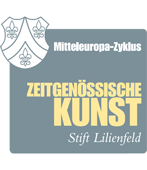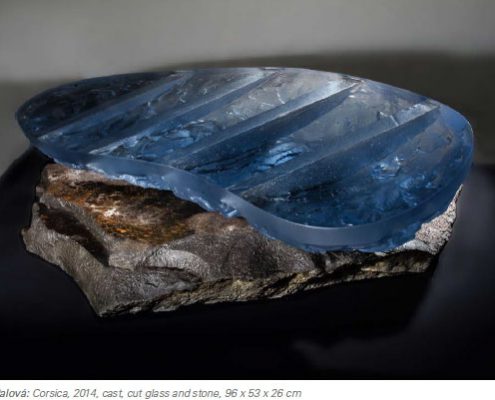Zora Palová
SK
BIOGRAFIE
Born in Bratislava, Czechoslovakia
High School of Applied Arts,Section of Woodcarving, Bratislava, Slovakia
Academy of Fine Arts, Studio of Glass in Architecture, Bratislava, Slovakia
Since 1996 – 2003 Research Professor at the University of Sunderland, UK
Since 2003 – 2006 Visiting Professor at the University of Sunderland, UK
2015 International Randall Chair, Alfred University, NY, USA
Freelance artist working and living in Slovakia
SOLO EXHIBITION – selection
France; Belgium; Holland; Slovakia; Luxemburgh; USA; Czech Rep., Austria
She participates at many group exhibitions around the world.
AWARDS (Selections)
1993 Triennale Prize, Internationale Glasskunst Triennale, Nürnberg, Germany
2000 Honorable Mention, Vessels, Koganezaki Glass Museum, Japan
2006 3rd Prize, Coburg Glass Prize for Contemporary Glass in Europe 2006, Coburg, Germany
2007 Crystal Wing, Personality of the Year in Art and Architecture, Slovakia 2008 Rakow Commission,
Corning Museum of Glass, USA 2010 Duffy Galleries Award, Habatat Galleries, Detroit, USA 2014 Fort Wayne Museum Award, Habatat Galleries, USA
Zora Palová comes from Slovakia. She was born
in Bratislava in 1947 and attended the applied arts
school there. Subsequently, she taught at the public
art school in Nitra and worked as a designer,
before returning to her hometown to attend the art
academy. She at first took courses in painting and
sculpture, but in 1971 transferred to Vacláv Cigler’s
department of architectural glass. After completing
her studies four years later, she embarked on
a career as an independent artist in Bratislava. Her
sculpture and glass jewellery soon attracted attention
and she began receiving public commissions
and important awards. From 1996 to 2003 she
headed the glass department at the University of
Sunderland in the UK.
Palová’s art is based on constructivist principles
learned in what was then Czechoslovakia, but with
her they are tempered by feeling. She gives her
sculptures titles that generate associations with
natural phenomena and the human organism
or psyche. The tactile element in her use of the
material is correspondingly strong. Mould-melting
underscores the semi-opaque character of the
glass, permitting light to show through it with a
matt, subdued glow and, in places where the
sculptures open up, light grow lighter in tone or
cast deep shadows. Palová loves brilliant orange
reds, blues, greens and yellows, so that despite
her often rough surfaces the aesthetic qualities inherent
in glass creep into her pieces by the back
door, as it were. With unusual sensitivity, the artist
avoids sharp edges and purely geometrical forms
by rounding off shapes and giving pierced sections
a slightly asymmetrical arrangement. In this way,
she makes the liquid motion of the material when
hot part of the final work
Sabina Jankovicova




